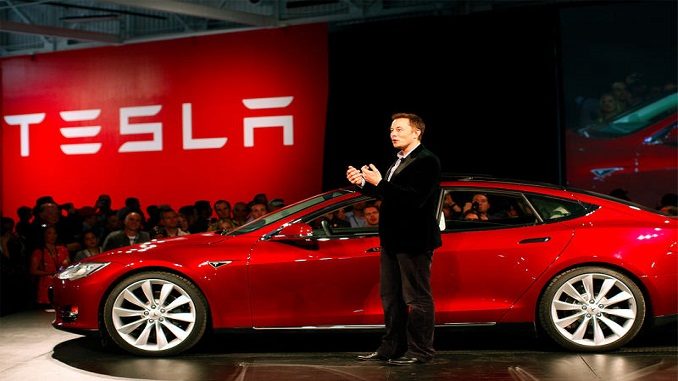
2019 has been rocky for electric-auto maker Tesla: It announced it would start rolling out Model 3 sedans priced at $35,000, then made it more difficult to order them. It said it would close all of its showrooms, then said it would keep some open – and raise prices to compensate, WIRED writes.
CEO Elon Musk predicted that 1 million of its fully self-driving robotaxis would roam the country by next year, even though it has yet to complete its autonomous technology.
The roller coaster continues: On Wednesday, Tesla said it had snapped its two-quarter streak of profits, by posting a $702 million loss for the first quarter amid delivery and logistical woes. The loss was worse than Wall Street chin-strokers expected, equivalent to $2.90 per share, compared with predictions of a 69 cent loss.
As the company continues to grind out production and Musk makes bold claims about autonomous vehicles, the numbers prove that running a car company sometimes comes down to fundamentals, like getting the vehicles into people’s garages, WIRED adds.
The report also left a lingering question: Can Tesla make enough money to survive as an “affordable” electric company, one focused on selling Model 3s rather than luxury, higher-margin Model S and X vehicles? Now that buyers have the option of purchasing a more affordable vehicle, “Musk will never sell as many of those higher-priced and higher-profit cars as he used to sell,” says Karl Brauer, the executive publisher of automotive research publication Kelley Blue Book. “Now Tesla lives and dies on the Model 3.”
Tesla, for its part, says it doesn’t believe the Model 3 is cannibalizing sales of its luxury vehicles. “They really do seem to be different market segments,” Musk said.
Tesla pinned the quarterly loss- its largest since last summer—on a few factors, most notably challenges in delivering vehicles overseas. Tesla delivered only 63,000 vehicles in the first quarter, down 31 percent from the fourth quarter of 2018, and just 12,100 luxury S and X Models, down by half from the fourth quarter. Getting cars to customers in China and Europe “was the most difficult logistics problem I’ve ever seen, and I’ve seen some tough ones,” Musk told investors on a call.
He restated what the company reported earlier this month: Half of its quarterly deliveries came in the final 10 days of the quarter, creating a crunch that proved unpleasant for employees and customers alike. The company will work on rethinking and refining its delivery strategies throughout the quarter, Musk said, but he advised shareholders not to expect another profit until the second half of the year, WIRED informs.

Be the first to comment